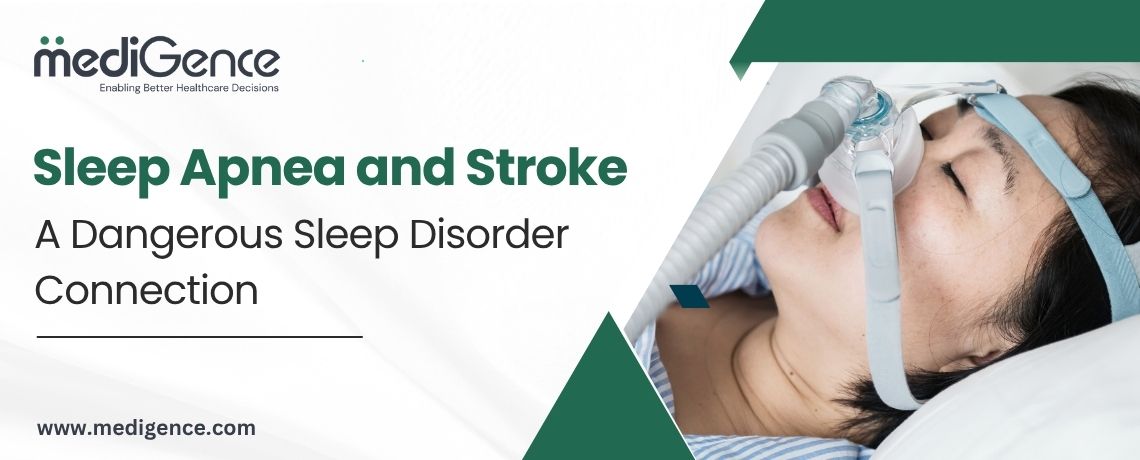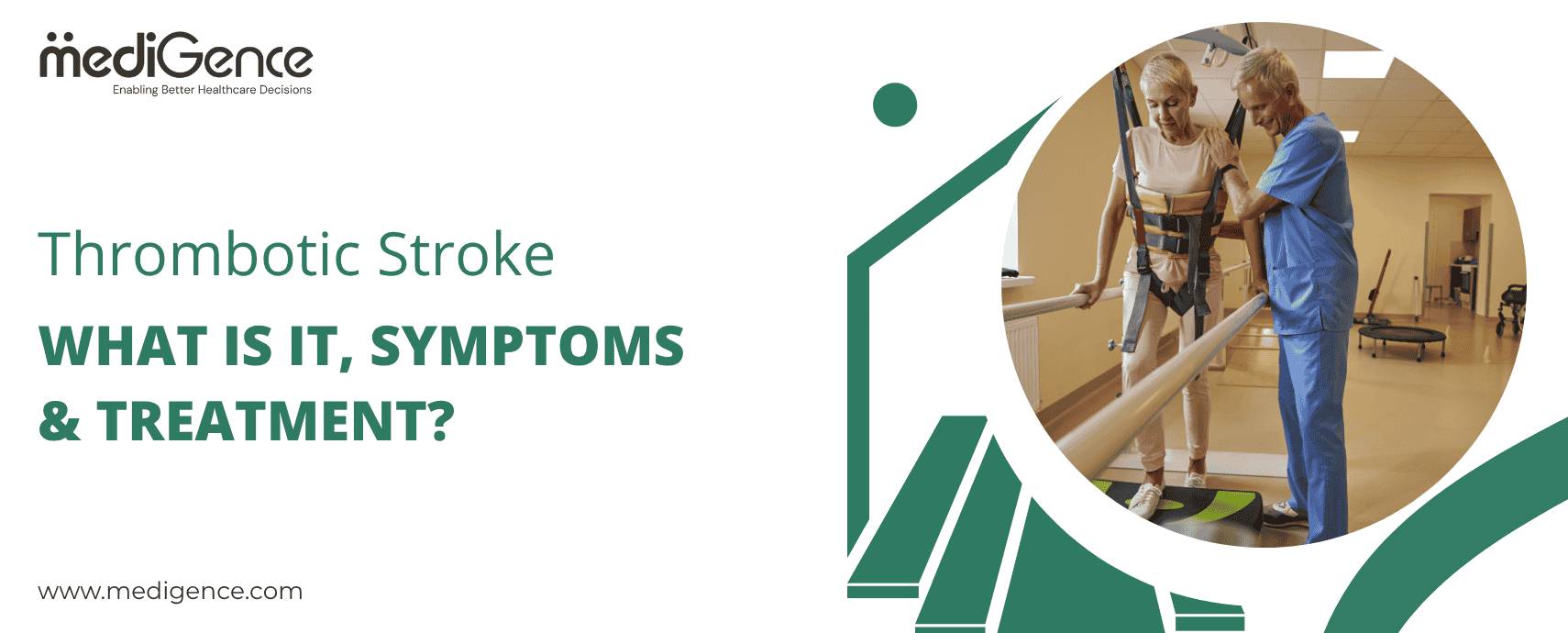What is sleep apnea?
When you have obstructive sleep apnea (OSA), your breathing stops during sleep. This occurs due to obstruction or narrowing of the airways. The throat should usually stay wide enough to allow air to travel through during sleep. The throats of some people are narrow. During sleep, the tissues in the upper throat contract, narrowing the airway when the muscles relax. This stop in breathing is called apnea. It occurs during sleep, which is why it’s called sleep apnea. Stroke is the second leading cause of death worldwide and the leading cause of long-term disability.
How Sleep Apnea and Stroke are Connected
- Stroke is also linked to certain forms of sleep apnea. A stroke occurs when a blood vessel inside the brain bursts or when blood supply to a portion of the brain is cut off. Having a stroke may raise the likelihood of developing sleep apnea, and having sleep apnea might increase the chance of having a stroke.
- Following a stroke, up to two-thirds of individuals develop sleep apnea. In terms of short-term morbidity, functional and cognitive recovery, and long-term death rates, these individuals fare worse than those without sleep apnea.
- According to studies, between 20 and 40 per cent of ischemic strokes occurred at night, usually just before bedtime. Cryptogenic strokes are a subgroup of these strokes that have been linked to respiratory disorders during sleep. Therefore, between 50 and 70 per cent of nighttime strokes are thought to be caused by sleep-disordered breathing. Furthermore, compared to stroke patients who have only had one stroke, those who have had several episodes are more likely to develop sleep-disordered breathing.
- Acute strokes may result in sleep-disordered breathing, and pre-existing sleep disturbances may raise your risk of stroke.

Get Free Online Consultation with Expert
Does stroke cause sleep apnea?
People who have had a stroke frequently develop sleep apnea within the first 24 hours. A stroke that happens while a person is asleep may worsen respiratory disorders. As many as 70% of stroke survivors develop sleep apnea, compared to up to 30% of the normal population. Since sleep apnea therapy can speed up recovery and lower the risk of further strokes, it is crucial to identify and treat this condition as part of post-stroke care.
Sleep Apnea As a Risk Factor for Stroke
OSA remains a risk factor for stroke on its own. Even when additional risk factors, including
- High blood pressure
- Diabetes mellitus,
- Hyperlipidemia
- Atrial fibrillation
- Old age
- Smoking
- Obesity
- Male gender
Although the exact cause of this elevated risk is still being investigated, there are several theories put up by specialists as to why stroke risk is higher in those with sleep apnea:
- Decreased blood flow to the brain
- Low oxygen levels
- Additional stroke risk variables
Severity of Sleep Apnea
The more severe the sleep apnea, the higher the chance of suffering a stroke. A person’s symptoms and the frequency of their nightly breathing disturbances are used to gauge the severity of their sleep apnea.
1. Mild Sleep Apnea: Individuals who experience 5 to 14 episodes of irregular breathing per hour are classified as having mild obstructive sleep apnea (OSA). The symptoms of mild sleep apnea may not be noticeable throughout the day or may be so mild that they do not interfere with day-to-day activities.
2. Moderate Sleep Apnea: Individuals with moderate sleep apnea experience between 15 and 30 episodes per hour of sleep. Symptoms are often apparent throughout the day, and people may need to try to remain alert by taking frequent naps or avoiding long drives.
3. Severe Sleep Apnea: A person with severe sleep apnea experiences more than 30 breathing disturbances each hour. In addition to having the highest risk of health consequences, severe sleep apnea frequently produces symptoms that interfere with day-to-day functioning.
Know more about: Post-Stroke Fatigue: Why It Happens and How to Manage It










